Sand dollar exoskeletons are often collected along the beaches of Vancouver Island, but one might not realize that prior to washing up on shore came an entire curious lifetime.
Pacific sand dollars are a local species which belong to the same group as sea urchins. While alive, they are covered by thousands of densely packed, short and slender spikes. Unlike their sharp, unapproachable, long-spiked sea urchin relatives, sand dollars have a more velvet-like covering.
“The entire surface of a sand dollar is covered by its skin, all of the spikes even have a very thin layer of skin,” said Louise Page, who teaches invertebrate biology and marine biology at the University of Victoria. “When they die, the skin decomposes, the muscles attaching the spines decompose and the spines fall off. So when you pick a dead sand dollar up on the beach, it’s a white disk and you can no longer see the little spikes.”
The spines of a sand dollar allow them to move, and bury themselves under sand and mud. The spines wave back and forth, which pulls their body in and out of the sand.
READ MORE: Long-lost BC orca pod returns home for first time in more than 20 years
The beautiful flower shaped pattern you see on a dead sand dollar, is a pattern revealing where specialized gills once attached.
“The flower pattern marks the point where specialized gills extend to the surface for gas exchange. It’s how they breathe,” said Page.
Sand dollars have a rather bland diet – in a human’s opinion – feeding primarily on, you may have guessed it… sand. To be more specific, they eat and digest grains of sand, but each grain is coated with a film of organic matter, which provides nourishment for their little bodies.
“An interesting thing about Pacific sand dollars, which is very unusual, is that they will also stand up… and then when water flows past them, they can capture small zooplankton in the water and feed on it,” noted Page.
Life out there as a larvae in the big ocean is risky, to say the least. The larvae of sand dollars don’t look anything like their adult self, said Page, and the time until metamorphosis generally takes about four to six weeks.
READ MORE: Divers make their mark on the Alberni Inlet
When it comes time to undergo metamorphosis, the larvae will settle on the sand, and from there, a sand dollar pops out of the left side of its juvenile body. The rest of the larvae body then degenerates.
Essentially, after being whisked around in the ocean for weeks, the fortunate larvae will smell adults of the same species, and then settle at that site.
“Where adult sand dollars are living is a great place for the juniors to recruit into. This is because there is a species of tube-dwelling crustaceans called ‘tanaids’ in the sand, which feed on newly metamorphosed sand dollars,” said Page.
“It turns out that the burrowing activity of adult sand dollars, who tend to live in beds, break up the tubs of these tanaids – and exclude the tanaids from that area. So now it’s a much safer place for little juvenile sand dollars to survive.”
Plan your future adventures throughout the West Coast at westcoasttraveller.com and follow us on Facebook and Instagram @thewestcoasttraveller. And for the top West Coast Travel stories of the week delivered right to your inbox, sign up for our weekly Armchair Traveller newsletter!

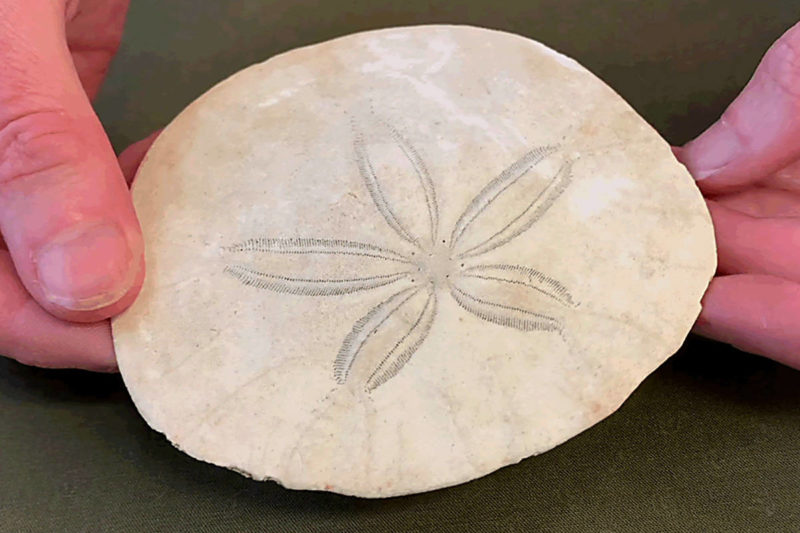
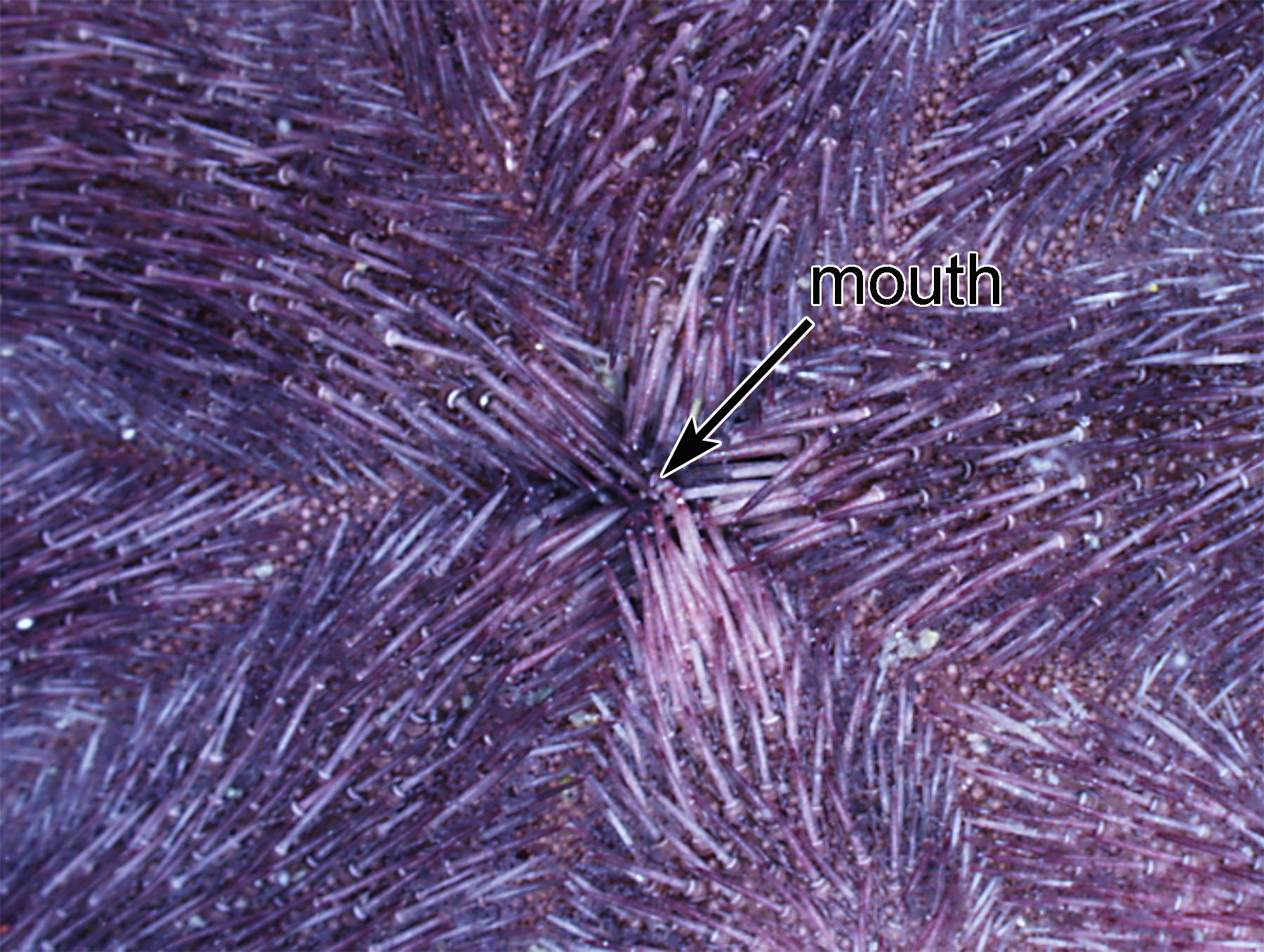
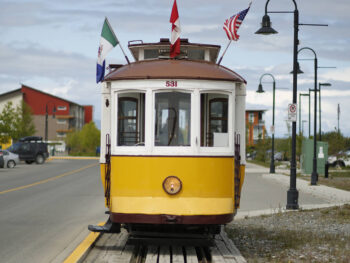


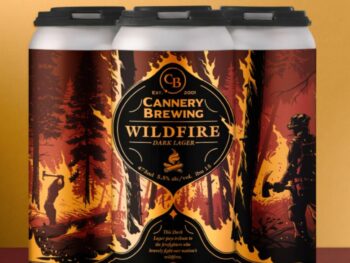

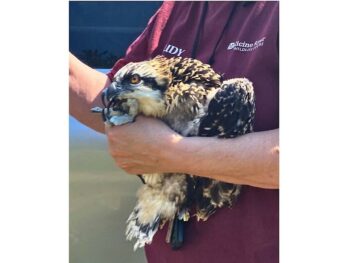
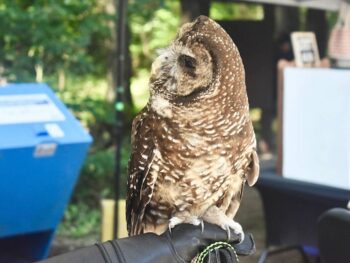


 Mama duck thwarts eagle’s dive for duckling dinner
Mama duck thwarts eagle’s dive for duckling dinner